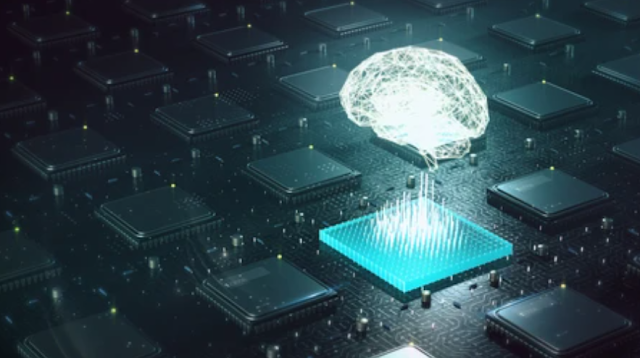Deep Learning: Unleashing the Power of Neural Networks
Deep learning is a subset of machine learning that focuses on training artificial neural networks to learn and make decisions in a manner similar to the human brain. It involves building and training deep neural networks with multiple layers, enabling them to automatically learn and extract hierarchical representations of data. Deep learning has gained significant attention and popularity due to its ability to handle complex problems and achieve state-of-the-art performance across various domains. Here is a detailed exploration of deep learning and how it unleashes the power of neural networks.
Neural Networks and Neurons:
At the core of deep learning are neural networks, which are computational models inspired by the structure and functioning of biological brains. Neural networks consist of interconnected nodes, called neurons, organized in layers. Each neuron receives inputs, applies a transformation, and produces an output. The connections between neurons are assigned weights that determine the influence of each neuron on the overall computation.
Deep Neural Networks:
Deep neural networks (DNNs) refer to neural networks with multiple hidden layers. These layers allow the network to learn hierarchical representations of data. Each layer in a DNN learns increasingly abstract features, capturing different levels of information from the input data. The depth of the network enables it to capture complex relationships and patterns, making it capable of solving highly intricate problems.
Training Deep Neural Networks:
Training deep neural networks involves two key steps: forward propagation and backpropagation. During forward propagation, input data is fed through the network, and the network computes output predictions. These predictions are then compared to the desired outputs, and the error or loss is calculated. Backpropagation is used to update the network's weights in a way that minimizes the loss. The process iteratively adjusts the weights, allowing the network to improve its predictions over time.
Convolutional Neural Networks (CNNs):
Convolutional neural networks (CNNs) are a type of deep neural network specifically designed for processing grid-like data, such as images. CNNs employ specialized layers, such as convolutional layers and pooling layers, that exploit the spatial structure and local correlations in the data. This architecture enables CNNs to automatically learn and extract meaningful features from images, making them highly effective in tasks like image classification, object detection, and image segmentation.
Recurrent Neural Networks (RNNs):
Recurrent neural networks (RNNs) are designed to handle sequential and time-series data. Unlike feedforward neural networks, RNNs have feedback connections, allowing information to be passed from one step to the next. This recurrent nature enables RNNs to capture temporal dependencies and handle variable-length sequences. RNNs find applications in tasks like natural language processing, speech recognition, and machine translation.
Generative Models:
Deep learning also encompasses generative models, which are capable of generating new data samples that resemble the training data. Generative adversarial networks (GANs) and variational autoencoders (VAEs) are popular examples. GANs consist of a generator network that generates new samples and a discriminator network that distinguishes between real and generated samples. VAEs aim to learn a compressed representation of the data and generate new samples based on that representation. Generative models have applications in image generation, text generation, and data augmentation.
Transfer Learning:
Transfer learning is a technique in deep learning where a pre-trained neural network, trained on a large dataset, is used as a starting point for a new task or dataset. By leveraging the learned representations from the pre-training, transfer learning allows for better generalization and faster training on new tasks, even with limited data. Transfer learning has been instrumental in achieving state-of-the-art performance on various tasks and has made deep learning more accessible in practical scenarios.
Deep Reinforcement Learning:
Deep reinforcement learning combines deep learning with reinforcement learning, a framework for training agents to make sequential decisions in an environment. Deep reinforcement learning algorithms use deep neural networks to approximate the action-value function, which guides the agent's decision-making process. Deep reinforcement learning has achieved remarkable success in complex tasks, such as game playing, robotics, and autonomous driving.
Deep learning has demonstrated remarkable success in various domains, including computer vision, natural language processing, speech recognition, and robotics. Its ability to learn and represent complex patterns and relationships within data has unlocked new possibilities and achieved state-of-the-art performance in many areas. With ongoing research and advancements, deep learning continues to unleash the power of neural networks, enabling machines to learn, reason, and make intelligent decisions across a wide range of applications.











